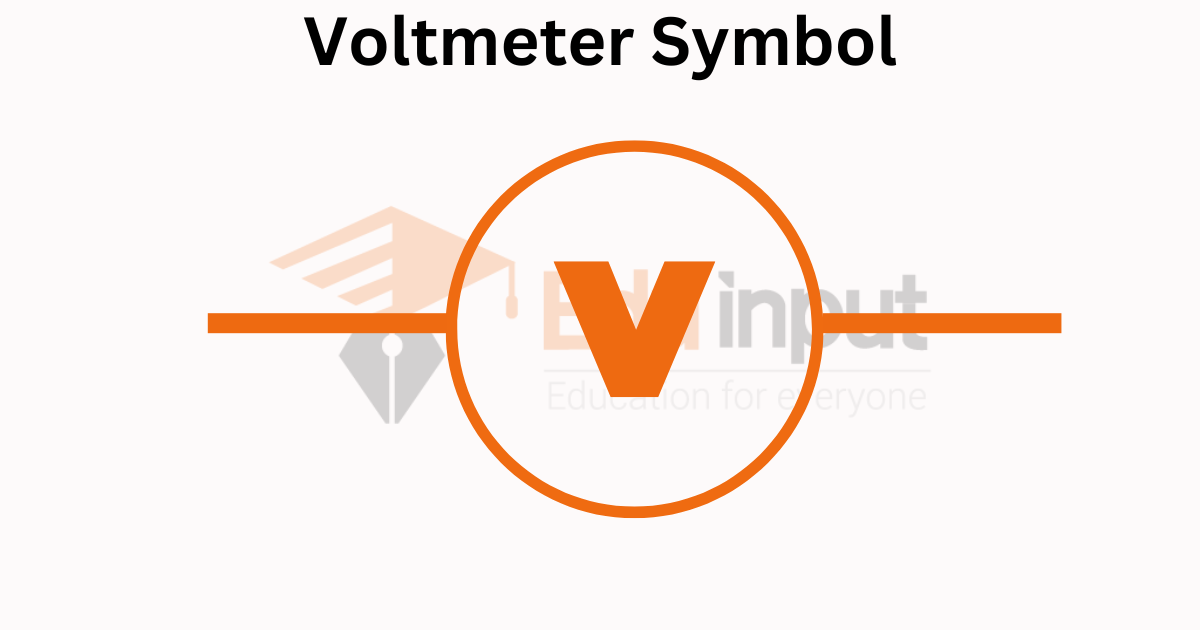Synchronous Electric Motor-Definition, Construction, Starting, And Uses
A synchronous electric motor is a type of electric motor where the rotor rotates at the same speed as the stator’s magnetic field. A synchronous motor is often used in applications where high torque is needed, such as traction motors in heavy equipment.
Synchronous Electric Motor
A synchronous motor is an AC motor where the rotation of the shaft is synchronized with the frequencies of the supply current. The rotation period of the rotor is the same as the rotating field of the machine.
A magnetic field that rotates in time with the line current is created by multiphase AC electromagnets on the stator of the motor. The second rotating magnet field of any AC motor can be provided by the rotor with permanent magnets or electromagnets turning in step with the stator field at the same rate. A doubly-fed motor is one that is supplied with independently excited multiphase AC electromagnets on both the rotor and stator.
Synchronous electric motor Construction
The frame of the stator of a doubly fed electric machine is similar to the frame of the stator of a synchronous motor. When a large number of poles are needed, the construction of the motor is similar to that of an alternator. This type of construction has an advantage over the DC motor type where the armature is of rotating type.
Synchronous electric Motors Starting
A self-starting motor is not a synchronous motor above a certain size. The inertia of the rotor makes it hard for it to follow the rotation of the magnetic field of the stator. Since a synchronous motor does not produce an average Torque at standstill, it can’t accelerate to speed without some supplemental mechanism. A “pony” motor that is electronically controlled can be used to accelerate the unloaded machine before the load is applied.
Uses
In applications in which a constant and precise speed is required, synchronized motors are usually used. The positioning of machines is one of the applications of these low-power motors. They are also used in robot control. Ball mills, watches, record players, and turns are some of the things that use synchronized motors.
These are some useful applications of synchronized motors
- Centrifugal Pumps
- Blowers
- Fans
- Conveyors
- Lathe Machines







Leave a Reply